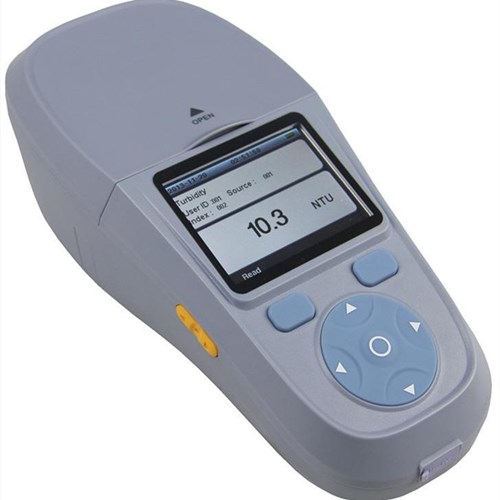67M is a powerful, reliable professional portable water quality testing photometer, with our reagents, it can measure 67 items of the water quality, for example, it can measure COD in water, the water quality testing photometer also can measure the heavy metal such as Lead in water. In-set a number of parameters, simple operation, fast testing, It is widely used in water supply, environmental protection, public health, water treatment and other areas of the wild field, on-site water testing and treatment in emergencies.
Features&Advantage
1. Simultaneous support for colorimetric bottle and digestion tube detection mode, intelligent matching of built-in standard curve.
2. Support more than 7 wave lengths with intelligent software control and switch the wavelength automatically.
3. Over 67 default test procedures, supporting doing test directly with special reagent kit.
4. Support USB and PC connection, large capacity memory with 1,000 groups of data.




